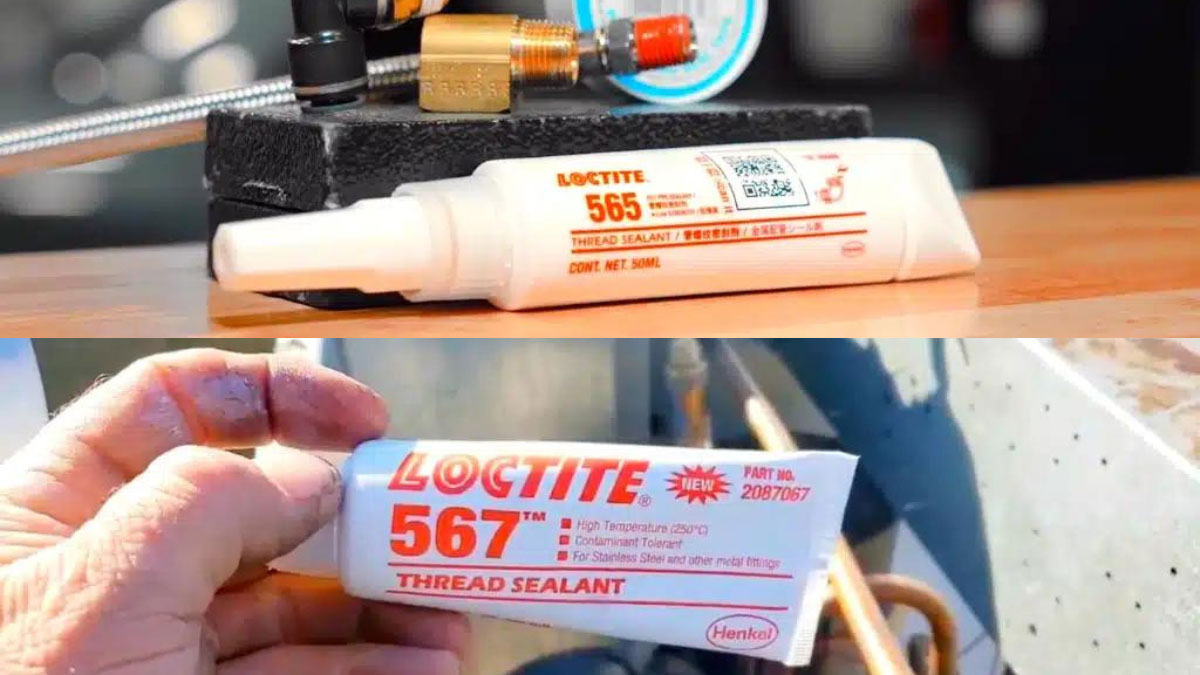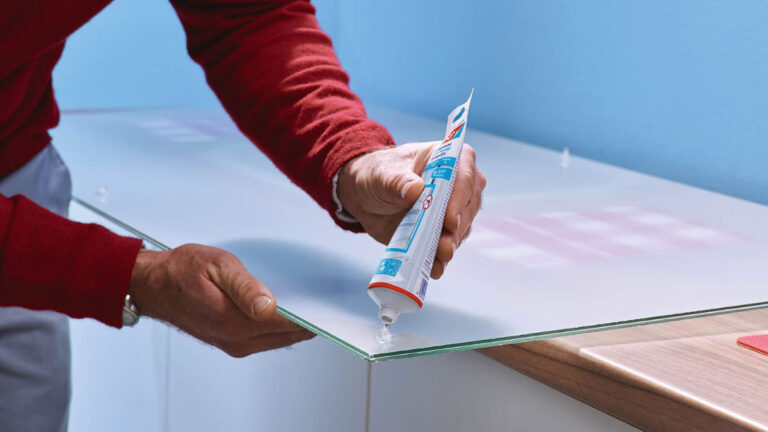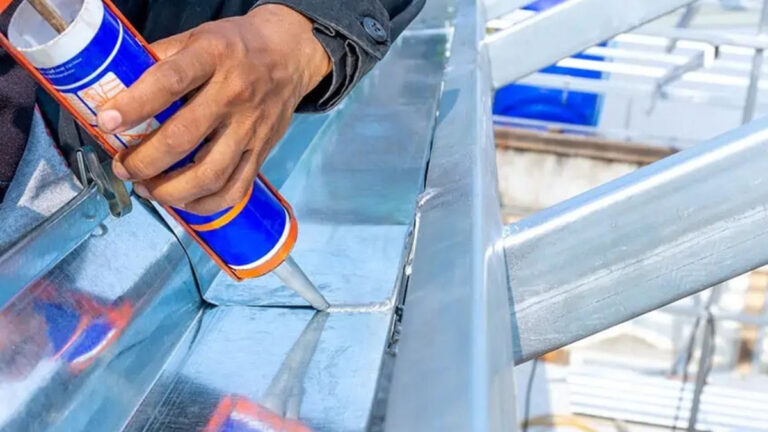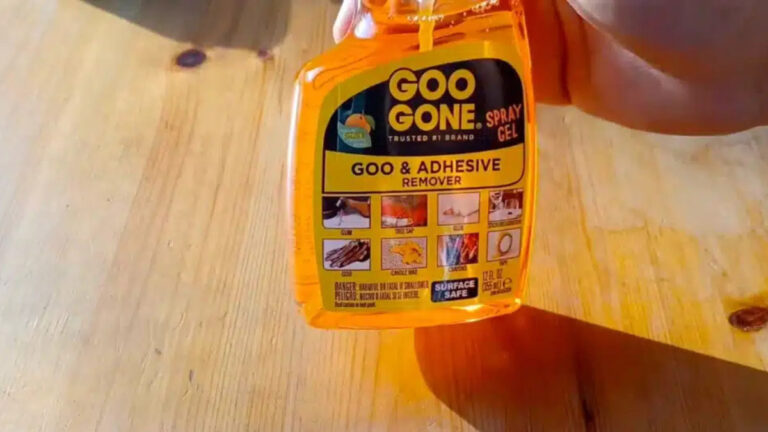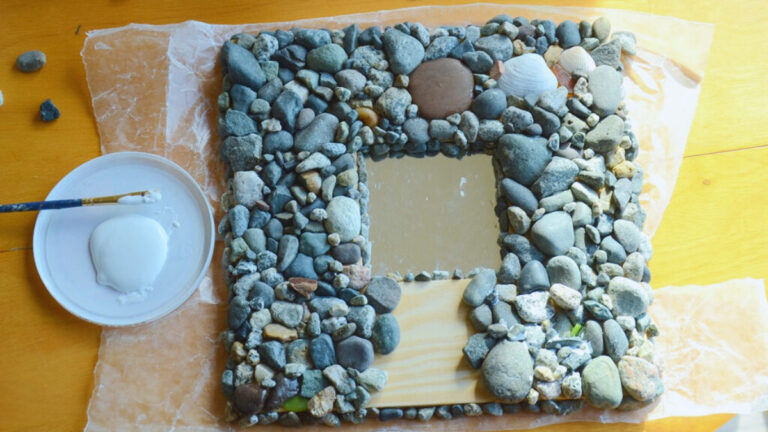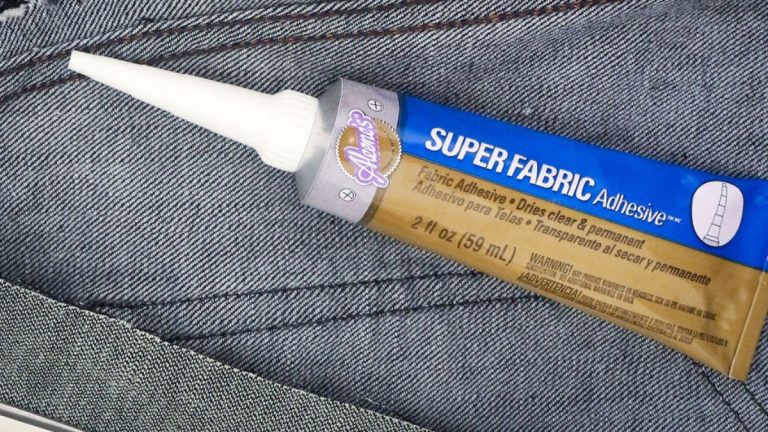Loctite 565 vs 567: In-Depth Comparison and Best Uses
Choosing the right thread sealant can make or break your project, especially when dealing with high-pressure systems. Loctite 565 and 567 are two top contenders in the market, each offering unique benefits that cater to different needs. But how do you decide which one suits your requirements best?
In this text, you’ll jump into a detailed comparison of Loctite 565 vs. 567, exploring their features, strengths, and ideal applications. By the end, you’ll have a clearer understanding of which thread sealant will ensure a leak-free and reliable seal for your specific project.
Key Takeaways
- Loctite 565 vs. 567 Overview: Loctite 565 and 567 are top thread sealants, ideal for sealing and locking tapered metal pipe threads, with unique strengths catering to different project needs.
- Key Features of Loctite 565: This sealant is resistant to industrial fluids, handles temperatures up to 150°C (300°F), provides controlled torque strength for easy disassembly, and has low odor.
- Key Features of Loctite 567: Loctite 567 is suitable for a broader range of metals including stainless steel and aluminum, handles higher temperatures up to 200°C (392°F), and is effective in high-vibration environments.
- Comparative Analysis: Loctite 565 is ideal for moderate temperature applications with maximum thread sizes of 2″, while Loctite 567 suits higher temperature environments and larger threads up to 3″.
- Performance Insights: Loctite 565 offers controlled strength and is easier to disassemble, making it suitable for temporary fixes, whereas Loctite 567 provides higher strength and durability for high-pressure applications.
- Choosing the Right Product: Match Loctite 565 for moderate temperature, low-pressure applications, and easy disassembly, while opting for Loctite 567 in high-temperature, high-pressure projects requiring robust seals.
Overview of Loctite 565 and 567
Loctite 565 and 567 are renowned for their efficiency in sealing and locking tapered metal pipe threads. Produced by Henkel Adhesives, both products offer significant benefits for industrial applications.
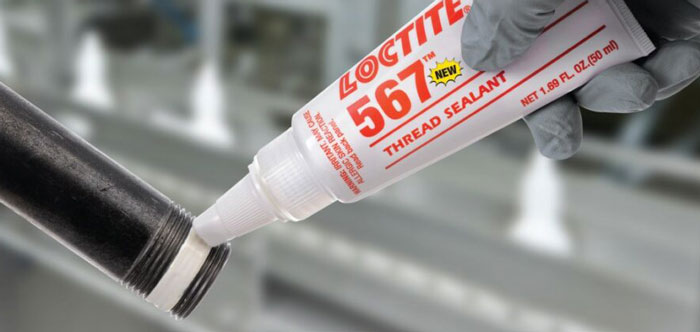
What Are Loctite 565 and 567?
Loctite 565:
A white, 1-part pipe sealant, Loctite 565 provides an instant seal for air pressure testing. It cures in the absence of air between close-fitting metal surfaces, preventing loosening and leakage from shock and vibration.
Key Characteristics of Loctite 565:
- Resistance: Resistant to most industrial fluids, ensuring durability.
- Temperature Tolerance: Operates continuously up to 150°C (300°F) and intermittently up to 190°C (375°F).
- Torque Strength: Controlled torque for easy disassembly.
- Odor: Low odor, making it suitable for sensitive environments.
- Certifications: NSF/ANSI 61 certified, UL MH8007, and ULC MH27131 classified.
- Viscosity: 175,000 to 525,000 mPa·s (cP) at 25°C.
Physical Form: Paste.
Loctite 567:
[Description and Key Characteristics not provided in the available context. Insert specific details according to product documentation if available.]
Common Applications
Loctite 565 and 567 are ideal for a range of industrial tasks. Here are some examples:
- Pneumatics: Used in air compressors and air tools.
- Hydraulics: Applied in hydraulic systems to ensure leak-free performance.
- Transportation: Utilized in automotive and heavy machinery for pipe thread sealing.
- Manufacturing: Essential in factories for equipment maintenance.
Their robust properties make these sealants indispensable in industries where reliability and performance are crucial.
Features and Benefits
When choosing between Loctite 565 and 567, understanding their features and benefits is vital for making an well-informed choice. Both products offer excellent performance but cater to slightly different needs.
Key Features of Loctite 565
Substrate Compatibility
- Ideal for metal, tapered pipe thread fittings, ensuring reliable sealing and locking.
Maximum Thread Size
- Effective for threads up to 2″ (50 mm) in diameter.
Temperature Resistance
- Handles temperatures up to 150°C (302°F).
Pressure Resistance
- Provides an immediate low-pressure seal of 100 psi (0.69 N/mm²) and withstands up to 10,000 psi (68.9 N/mm²).
Cure Time
- Reaches full strength in 24 hours, offering a quick turnaround.
Product Type
- Semi-solid paste, which prevents dripping and easy application.
Additional Features
- Controlled lubricity to prevent galling.
- Protection from rust and corrosion.
- Free from contaminants that could clog lines.
Key Features of Loctite 567
Substrate Compatibility
- Suitable for metal, including stainless steel, aluminum, and galvanized metal.
Maximum Thread Size
- Works efficiently on threads up to 3″ (76 mm) in diameter.
Temperature and Pressure Resistance
- Similar temperature and pressure resistance as Loctite 565, ensuring versatility in use.
Cure Time
- Reaches full strength in 24 hours, similar to Loctite 565.
Other Attributes
- Excellent performance in high-vibration environments.
- Forms a tough, durable seal.
Comparative Analysis
A detailed comparison reveals the unique strengths and applications of Loctite 565 and 567:
| Feature | Loctite 565 | Loctite 567 |
|---|---|---|
| Substrate Compatibility | Metal, tapered pipe thread fittings | Metal, stainless steel, aluminum, galvanized |
| Maximum Thread Size | Up to 2″ (50 mm) in diameter | Up to 3″ (76 mm) in diameter |
| Temperature Resistance | Up to 150°C (302°F) | Up to 150°C (302°F) |
| Pressure Resistance | Immediate seal at 100 psi, max 10,000 psi | Immediate seal at 100 psi, max 10,000 psi |
| Cure Time | 24 hours | 24 hours |
| Product Type | Semi-solid paste | Semi-solid paste |
| Additional Features | Lubricity control, rust protection | Suitable for high-vibration environments |
Using the above comparison, you can determine which Loctite product best suits your specific needs, ensuring a reliable and efficient sealant for your project.
Performance Comparison
When deciding between Loctite 565 and 567, understanding their performance characteristics is essential for making an informed choice. This section delves into strength, durability, temperature resistance, and chemical compatibility.
Strength and Durability
Loctite 565:
- Controlled strength for ease of disassembly
- Suitable for applications where parts may need to be temporarily separated
- Lower locking strength compared to Loctite 567
Loctite 567:
- Higher strength and durability, making it ideal for high-pressure applications
- Provides a more robust seal
- Allows for disassembly with hand tools but is generally stronger than Loctite 565
Temperature and Pressure Resistance
Both Loctite 565 and 567 perform well across a range of temperatures and pressures, but their specifications slightly differ:
- Loctite 565:
- Temperature Range: Up to 150°C (302°F)
- Ideal for moderate temperature applications
- Loctite 567:
- Temperature Range: -55°C to 200°C (-65°F to 392°F)
- Suitable for high-temperature applications
| Product | Temperature Range | Ideal Applications |
|---|---|---|
| Loctite 565 | Up to 150°C (302°F) | Moderate temperatures |
| Loctite 567 | -55°C to 200°C (-65°F to 392°F) | High-temperature applications |
Chemical Compatibility
Both products offer high resistance to various industrial fluids and chemicals. But, their compositions cater to specific environments:
- Loctite 565:
- Resistant to most industrial fluids
- Lower odor makes it more comfortable to use indoors
- Loctite 567:
- Compatible with a wide range of metals, including stainless steel and aluminum
- Effective in sealing larger threads up to 3 inches (76 mm) in diameter
Summary
Choosing the right sealant depends on your specific application requirements. Loctite 565 offers controlled strength and ease of disassembly, making it suitable for moderate temperature settings and most industrial fluids. Loctite 567 delivers higher strength and broader temperature resistance, making it ideal for high-pressure and high-temperature environments. Consider the compatibility with the materials you’ll be working with, and the operational conditions of your project to make the optimal choice.
User Experience
Choosing between Loctite 565 and 567 can impact your project’s efficiency and success. Both products offer valuable features for sealing and locking tapered metal pipe threads and fittings.
Ease of Application
Loctite 565
- Design Purpose: Loctite 565 is engineered for locking and sealing tapered metal pipe threads and fittings.
- Instant Seal: It provides an instant seal suitable for air pressure testing.
- Application Method: Applying Loctite 565 involves a 360° band covering at least three thread roots.
- Low Odor: Users benefit from this sealant’s low odor during application.
- Controlled Torque: It offers controlled torque strength for easier disassembly, making maintenance straightforward.
Loctite 567
- Design Purpose: Like Loctite 565, Loctite 567 is crafted for locking and sealing tapered metal pipe threads and fittings.
- High Lubricating Properties: This sealant prevents galling on various metal surfaces, enhancing performance.
- Application Method: It also involves a 360° band application on threads, ensuring comprehensive coverage.
- Low Breakaway Torque: The low breakaway torque allows for easy disassembly, even after use on metal surfaces.
- Surface Compatibility: Loctite 567 can handle minor surface contaminants from oils, adding versatility in different environments.
Curing Time
Both Loctite 565 and 567 cure when confined in the absence of air between close-fitting metal surfaces. This attribute ensures a robust and effective seal, which is crucial for high-pressure applications.
Customer Reviews
Customer feedback helps gauge the real-world performance of these products.
- Loctite 565: Users appreciate its ease of application and effectiveness in sealing air pressure systems. Controlled torque and low odor also receive positive mentions.
- Loctite 567: Reviews highlight its suitability for high-vibration environments and compatibility with various metals. Users find it reliable for high-temperature and high-pressure applications.
| Comparison | Loctite 565 | Loctite 567 |
|---|---|---|
| Design Purpose | Locking and sealing tapered metal pipe threads | Locking and sealing tapered metal pipe threads |
| Instant Seal | Yes, for air pressure testing | No, more focused on preventing galling |
| Application Method | 360° band covering at least three thread roots | 360° band on threads |
| Odor | Low | Moderate |
| Torque Strength | Controlled for easy disassembly | Low breakaway for easy disassembly |
| Lubrication | Moderate | High, prevents galling |
| Surface Compatibility | Limited to clean surfaces | Compatible with minor oil contaminants |
Choosing the right sealant depends on your specific application needs. Loctite 565 is suitable for moderate temperature settings and projects requiring ease of disassembly. Loctite 567 excels in high-temperature, high-pressure environments and works well with various metals.
Choosing the Right Product
Selecting the right pipe sealant is crucial for achieving a leak-free and reliable seal in high-pressure systems. Below, you’ll find detailed information to help you choose between Loctite 565 and Loctite 567 based on their specific strengths and applications.
When to Use Loctite 565
Loctite 565 is perfect for various applications due to its unique properties.
Temperature Resistance:
- Continuous: Up to 150°C (300°F)
- Intermittent: Up to 190°C (375°F)
Pressure Resistance:
- Up to 10,000 psi
Viscosity:
- 175,000 to 525,000 mPa·s at 25°C
Certifications:
- NSF/ANSI 61
- UL MH8007 & ULC MH27131
Disassembly:
- Low disassembly strength for easy removal with hand tools
Use Cases:
- Ideal for metal pipes and fittings, especially where easy disassembly is needed
- Provides an instant seal for air pressure testing
- Cures between close-fitting metal surfaces, preventing loosening and leakage due to shock and vibration
When to Use Loctite 567
Loctite 567 excels in high-vibration and high-temperature environments.
Temperature Resistance:
- Continuous: From -55°C to 200°C (-65°F to 392°F)
Pressure Resistance:
- Up to 10,000 psi
Viscosity:
- 340,000 to 800,000 mPa·s at 25°C
Certifications:
- NSF/ANSI 61
- UL MH8007 & ULC MH27131
Disassembly:
- High lubricating properties to prevent galling, compatible with minor surface contaminants
Use Cases:
- Suitable for a wider range of metals, including stainless steel and aluminum
- Effective for larger threads up to 3″ (76 mm) in diameter
- Reliable in high-vibration conditions and high-pressure applications
| Feature | Loctite 565 | Loctite 567 |
|---|---|---|
| Temperature Range | -55°C to 150°C (up to 190°C intermittent) | -55°C to 200°C |
| Pressure Resistance | Up to 10,000 psi | Up to 10,000 psi |
| Viscosity (25°C) | 175,000 to 525,000 mPa·s | 340,000 to 800,000 mPa·s |
| Metals Compatibility | Mainly metal pipes and fittings | Stainless steel, aluminum, larger threads up to 3″ |
| Certifications | NSF/ANSI 61, UL MH8007 & ULC MH27131 | NSF/ANSI 61, UL MH8007 & ULC MH27131 |
| Disassembly Strength | Low, disassembles with hand tools | Higher lubricating properties, prevents galling |
The above table summarizes key attributes to consider when choosing between Loctite 565 and Loctite 567. Review the features and match them with your specific requirements to ensure optimal performance and reliability in your applications.
Conclusion
Choosing between Loctite 565 and 567 eventually depends on your specific application needs. If you require a sealant that’s easy to disassemble and works well in moderate temperature settings, Loctite 565 is your go-to. Its controlled torque and low odor make it ideal for indoor use.
On the other hand, if you’re dealing with high-pressure or high-temperature environments, Loctite 567 offers superior strength and durability. Its compatibility with a wider range of metals and resistance to extreme conditions make it indispensable for demanding industrial tasks.
By understanding the unique strengths of each product, you can ensure a reliable and leak-free seal tailored to your project’s requirements.
Frequently Asked Questions
What are the key differences between Loctite 565 and 567?
Loctite 565 is best for moderate temperatures up to 150°C (302°F) and offers controlled torque for easy disassembly. Loctite 567 is suitable for high-temperature environments up to 200°C (392°F), has higher locking strength, and is effective on a wider range of metals, including stainless steel and aluminum.
Can Loctite 565 and 567 be used on the same applications?
Both products serve similar industrial applications like pneumatics, hydraulics, transportation, and manufacturing. However, choose Loctite 565 for applications requiring moderate temperature resistance and easy disassembly, and Loctite 567 for high-temperature, high-pressure, and high-vibration conditions.
How long does it take for Loctite 565 to cure?
Loctite 565 seals instantly to moderate pressures upon proper tightening. For maximum pressure and solvent resistance, allow the product to cure for a minimum of 24 hours.
Is Loctite 567 suitable for stainless steel and aluminum?
Yes, Loctite 567 is designed to work on a wide range of metals, including stainless steel and aluminum, making it versatile for various industrial applications.
What temperature ranges do Loctite 565 and 567 tolerate?
Loctite 565 can withstand temperatures up to 150°C (302°F) with intermittent use up to 190°C (375°F). Loctite 567 is capable of handling temperatures ranging from -55°C (-65°F) to 200°C (392°F), making it ideal for high-temperature environments.
Can both Loctite 565 and 567 be disassembled easily?
Loctite 565 offers controlled strength for easy disassembly with hand tools. Loctite 567 also allows disassembly with hand tools, although it provides higher strength and durability, making it more suitable for permanent seals in high-pressure applications.
How resistant are Loctite 565 and 567 to industrial fluids?
Both Loctite 565 and 567 exhibit high resistance to a wide range of industrial fluids and chemicals, ensuring reliable performance under various challenging conditions.
What are the pressure ratings for Loctite 565 and 567?
Both Loctite 565 and 567 are rated up to 10,000 psi, making them suitable for high-pressure applications in various industrial settings.

